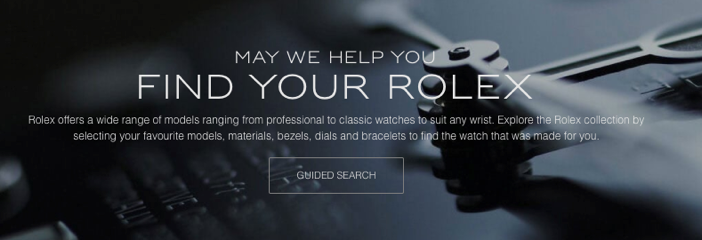
Beyond giving a clear visual identity, giving our clients a distinctive brand voice is one of our biggest goals at 6AM. That voice becomes a huge part of their brand, shaping communication across all content, from social media to blogs to newspaper ads.
One thing we notice consistently, though, is that many organizations don’t choose to extend their voice far enough. Let’s describe what voice means, and—in the process—show how important it can be in all your written content.
For practical purposes, voice is really a way of referring to formality. Formal writing is often our default setting; it’s what we learned in school. (You might be having visions of an English teacher’s red pen slashing through your contractions, your use of personal pronouns.) But formal isn’t the only way to go.
Take Apple. When advertising their latest iMac, they use the sentence, “Retina. In colossal and ginormous.” While ginormous is officially a word according to Webster, it’s not one you’re likely going to hear in formal communication: It exaggerates, and it’s a word an 8-year old might use. It’s fun, colloquial language that paints Mac with a young, self-aware brush and targets young, hip consumers.

Contrast that with a company like Rolex, whose website and digital content practically ooze formality. (“May we help you find your Rolex?” they ask, and we’re all reminded of the teacher who wouldn’t let you get a hall pass till you said, “May I use the bathroom?”) Rolex gives us a soberer, older and more professional voice.

So how can you build a brand voice?
Because you’re immersed in language every day, you already have an ear for formality, and a sense of when to speak more formally and more informally: You use different levels of formality to address your boss and your best friend. Here’s a quick breakdown of formal and informal communication.
Formal voice:
- Appeals to a consumer’s rational mind
- Is more objective
- Uses full words and timeless language
- Follows traditional guidelines for grammar
Informal voice:
- Conversational
- Appeals to a consumer’s emotional mind
- Uses contractions and abbreviations
- Includes slang and pop culture
You don’t have to be a wordsmith to build a strong brand voice. Start with creating a brand persona. This will help you figure out your target. Is your target a young millennial who embraces informality and the abbreviations and new language of social media? Is it an older audience, one that might appreciate a more formal, considered voice?
And remember: Your brand voice is not your personal voice, and that’s an important distinction. The value of a brand persona is that it will give your brand a clear target. The value of a brand voice is that it helps define how to communicate with that target.
Apply brand voice across any and all target-facing content. Consider something as mundane as job advertisements. It’s very Rolex to say, “We are looking for an experienced Executive Manager who will bring a fresh viewpoint to an established business.” It’s very Mac to say, “Think you can manage a bunch of highly-skilled know-it-alls and keep your cool under deadline pressure?” Which one of those postings implies your brand is looking for a power suit and tie and which one is begging for jeans and an untucked shirt?
When you make voice a part of your content strategy, you’re showing consumers who you are rather than telling them, and that’s a powerful way to own your brand. Build consistency by stretching brand voice into blogs, social media, emails and even company birthday cards. Remember: Content is a big part of your brand. If you don’t take the time to make sure it reflects your brand voice, what is your content actually saying about you?